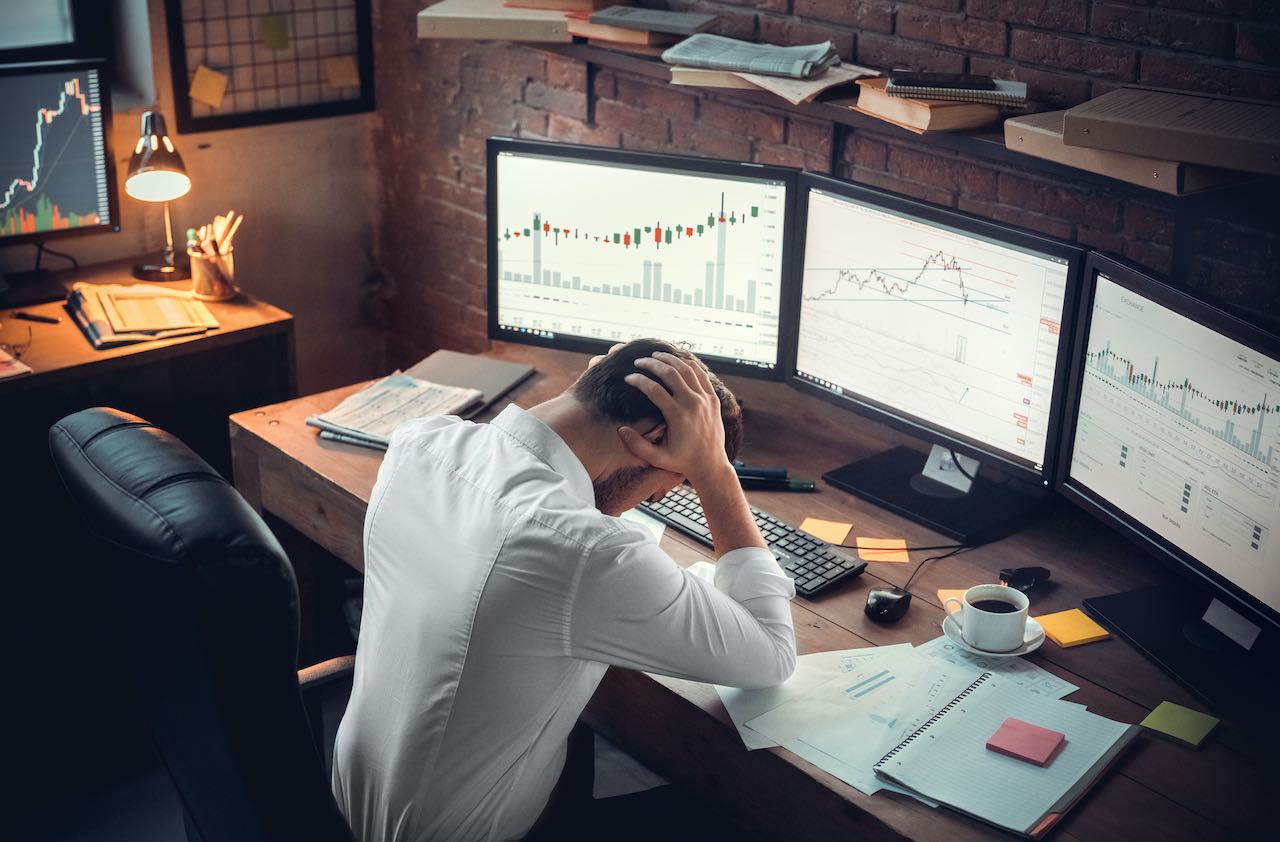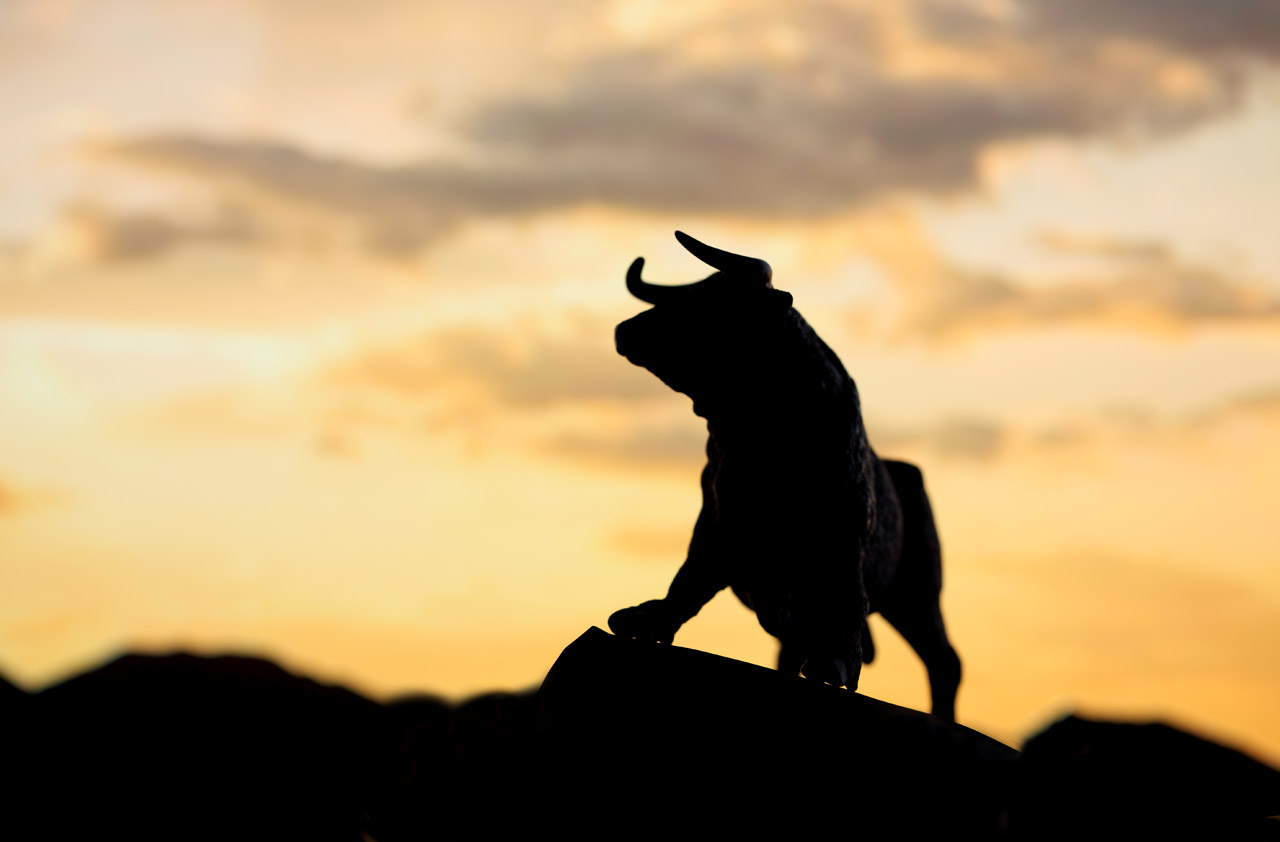American Funds Bounce Back (Sort of)
The number two fund family, behind Vanguard, boasts some superb funds. But others haven't done so well in recent years.

Once upon a time, you could throw a dart at a list of the American funds, and you were almost certain to hit a bull's-eye. During the 2000-02 bear market, in particular, the American funds gained a reputation as unsinkable.
American's assets peaked in October 2007 at $1.2 trillion, making it the nation's largest fund family at the time (if you excluded assets in money-market funds). Then came the 2007-09 bear market. American's stock funds didn't do notably worse than average during the disaster. But some funds were hurt by big weightings in foreign stocks. Worse still, American's bond funds did lose more than average in the bear market. These, of course, were the very funds investors had counted on to safeguard their assets.
American's inability to sidestep the 2007-09 inferno shocked many investors, who had been assured by their advisers that the funds would protect them in downturns (American funds are sold only through third parties). "The funds were put out there as failsafe investments," says Kevin McDevitt, who covers the fund family for Morningstar.
From just $107.88 $24.99 for Kiplinger Personal Finance
Become a smarter, better informed investor. Subscribe from just $107.88 $24.99, plus get up to 4 Special Issues

Sign up for Kiplinger’s Free Newsletters
Profit and prosper with the best of expert advice on investing, taxes, retirement, personal finance and more - straight to your e-mail.
Profit and prosper with the best of expert advice - straight to your e-mail.
Nearly three years since the bear market ended in March 2009, some of the American funds have regained their sparkle. But others are still struggling. Overall, the funds' performance last year, while decent, was nothing to write home about. The average American fund, calculates Morningstar, finished in the top 39% of its peer group. Over the past three years, the average American fund ranked in the 43rd percentile, and over the past five years, they were in the 46th percentile -- that is, a bit better than average. So performance is getting better, but it's still nowhere near as strong as it was in the old days.
That said, the American funds remain special, in my view. For starters, American's fees are as low as they come for actively managed funds. Beyond that, the parent firm, Los Angeles-based Capital Research and Management, boasts 227 analysts and "portfolio counselors" who are a product of an investment culture that emphasizes long-term returns. Each counselor manages a portion of one or more funds. A manager's compensation is based on how his or her picks do over four- and eight-year periods. Research analysts also manage a portion of each fund.
In the latter part of the last decade, when a cascade of new money threatened the firm with asset bloat, American funds split its investment arm into two halves -- each with exactly the same mission. It established two separate trading desks, and generally prohibited analysts and portfolio counselors on one team from talking stocks with those on the other. It was -- and remains -- an expensive undertaking, but one whose dividends will likely be realized for years to come. "You get more give and take and better ideas from smaller groups," says Chuck Freadhoff, a spokesman for the funds.
My favorite American fund and one of my two top picks among load funds is Washington Mutual (symbol WMFFX). The fund invests almost exclusively in large, high-quality, dividend-paying U.S. companies. The expense ratio for the fund's F-2 shares (the class you should always ask your adviser to buy for you) is a mere 0.41%.
Capital Research opened its first foreign office in 1962. Because of the firm's long experience investing overseas, I tend to favor American funds that focus on foreign stocks. One is New World (NFFFX), another of my favorite load funds. The fund owns a slug of emerging markets bonds and invests roughly half of the remaining assets in emerging markets stocks and the rest in multinationals that are doing lots of business in emerging markets. Its F2 shares cost just 0.76% a year.
Other fine choices are Capital Income Builder F-2 (CAIFX) and EuroPacific Growth F-2 (AEPFX). The former invests in stocks and bonds around the world, yields 3.8% and charges 0.41% annually. The latter, which charges just 0.59% annually, invests only in foreign stocks.
But I think you should look elsewhere for small-company funds. American offers only one, Smallcap World (SMCFX), and it hasn't performed especially well. Funds that invest in small-capitalization stocks tend to do better with small asset bases. In addition, American's high-yield bond funds haven't done well in recent years.
Less-than-stellar performance in recent years has led to an outflow of assets that I think is overdone. Since their peak, the American funds have shrunk by 29%, to $854 billion, mostly because of an exodus by investors (American remains the largest provider of adviser-sold open-end mutual funds and is second overall, behind only Vanguard). The exodus, strangely, has actually accelerated since the end of the bear market. Growth Fund of America, once the nation's largest fund, lost $33 billion in assets last year -- more than any other fund family.
McDevitt says the redemptions haven't hurt morale at the American funds. Traditionally, it has been rare for people to leave the American funds to go elsewhere. That hasn't changed. "Things are fine on the investment side," McDevitt says. Investors should take heed.
See page 2 for Steve Goldberg's earlier take on American funds during the Great Recession.
[page break]
This story was originally published on March 17, 2009.
Brokers and advisers have long sung the praises of the American funds, which you can buy only through a third party. Now you might want to reconsider.
They often put it this way: "I've never had to apologize for putting a client in an American fund." Nowadays, though, advisers may need to amend their statement to: "I never used to have to apologize for putting a client in an American fund."
Chalk up another victim of the current bear market. The American funds have long been known not only for good bull-market performance but also, more importantly, for great bear-market performance. In the 2000-02 bear market, during which Standard & Poor's 500-stock index tumbled 47%, Income Fund of America A (symbol AMECX), a balanced fund, eked out a 1% gain. The firm's two flagship stock funds lost money but performed far better than their rivals. Investment Company of America A (AIVSX) lost 28% and Growth Fund of America A (AGTHX) dropped 46%, even though the latter specializes in technology and other fast-growing companies, which fell especially hard during the bear market.
But, other than funds that bet against stocks, there have been few heroes during the current bear market, and the American fund family has been no exception. Over the one-year period that ended February 28, the firm's stock funds lost an average of 44% -- one percentage point worse even than the S&P 500, according to Morningstar. "They are noted for holding up well in bear markets," says Morningstar analyst John Coumarianos. "Investors feel a little blindsided."
Shareholders noticed. A year ago, the American funds held $1.1 trillion. Today, thanks to the market collapse and investor departures, assets total $725 billion.
What went wrong? Although the large-cap stocks that dominate the S&P 500 faltered during the 2000-02 bear market, many sectors did well. Stocks of smaller companies and undervalued stocks handily beat the S&P 500. So did foreign stocks -- especially those in emerging markets -- and real estate investment trusts.
In the current bear market, stock pickers have had almost no places to hide. "In 2008, there weren't very many stocks that didn't go down," says Dale Hanks, a vice-president of Capital Research & Management, which runs the American funds. "Everything lost a lot."
What's more, the American funds often hold more in foreign stocks than their competitors. During this bear market, that has been a mistake. The MSCI EAFE, the most popular benchmark of foreign stocks, fell 50% -- seven percentage points more than the S&P -- over the 12 months that ended February 28.
That means funds with a lot of foreign exposure did particularly poorly. Big losers included Fundamental Investors (ANCFX), with 22% in foreign stocks, which fell 44%, and Growth Fund of America, with 16% in foreign stocks, which sank 42%. (With $104 billion in assets, Growth Fund of America is the nation's largest stock fund.) EuroPacifc Growth (AEPGX), American's flagship overseas stock fund, surrendered 45%, beating the EAFE index by five points.
It's one thing for pure (more or less) stock funds to have imploded during this bear market. But what really shook investors was the dismal showing of some lower-risk funds, such as Income Fund of America and Capital Income Builder (CAIBX), also a balanced fund. Both tumbled 34%.
Capital World Growth & Income (CWGIX), a global fund that focuses on dividend-paying stocks, lost 45%. Historically, stocks that pay healthy dividends have held up relatively well in bear markets. But high yielders stank along with everything else because financial companies are disproportionately represented among dividend payers. Most surprisingly, even bonds (other than those backed by Uncle Sam) provided little protection.
And therein lies a story. Most troubling, on a relative basis, are the returns for the firm's bond funds. On average, they lost 6%, but that put them in the bottom 42% among their peers, according to Morningstar. American's fixed-income flagship, Bond Fund of America (ABNDX), lost 13%, putting it in the bottom 17% of intermediate-term bond funds.
Hanks and Chuck Freadhoff, a spokesman for Capital Research, say the firm's intensive research process accounts for the lousy performance of the bond funds. Because of that rigorous research, American's bond funds tend more than their peers to dabble in lower-rated IOUs. Over the past year, the lower a bond's quality, the worse it performed.
The subpar recent results have undermined the long-term records of American's bond funds. Over the past ten years, they are, on average, roughly in the middle of the pack compared with their peers. Bond Fund of America placed in the 71st percentile against its competitors. As the credit markets recover, so will American's fixed-income products, but that doesn't erase the fact that the firm does better with stocks than with bonds.
The long-term results for the stock funds, on the other hand, remain superb. The average American stock fund returned a mere 1% annualized over the past ten years, but that compares with an annualized 3% loss for the S&P 500. On average, American stock funds are in the top 17% of their peer groups over the past decade.
There are plenty of other reasons to feel confident about the American funds, which have been churning out superior returns since the family launched its first fund, in 1934. The funds hold stocks for about four years, on average, minimizing the costs of trading. Annual expenses are low; new no-load Class F2 shares charge about 0.25% less per year than even the low-cost Class A shares charge (of course, the fees for the Class F2 shares come on top of what your adviser charges).
The firm's corporate culture is an important part of the American funds' success. Each manager is responsible for only a slice of a fund and each is responsible for making all the buy and sell decisions for his or her own slices (no single person manages more than $20 billion). But big corporate decisions are made by consensus. American, which employs nearly 200 managers and analysts in offices scattered across the country and around the world, hires new professionals after conducting numerous interviews -- sometimes 20 or more.
Bottom line: Among big fund companies, this one is probably the best in America.
If you invest through a broker or another kind of adviser, it's hard to go wrong with any of the firm's stock and balanced funds. My personal favorites for this market are growth-oriented Fundamental Investors and New World (NEWFX), which invests mainly in emerging markets. However, look elsewhere for bond funds and funds that specialize in small companies. And, of course, if you invest on your own, you're almost always better off investing in no-load funds with low expenses.
Steve Goldberg is an investment adviser in the Washington, D.C., area.
Profit and prosper with the best of Kiplinger's advice on investing, taxes, retirement, personal finance and much more. Delivered daily. Enter your email in the box and click Sign Me Up.

-
 AI Stocks Lead Nasdaq's 398-Point Nosedive: Stock Market Today
AI Stocks Lead Nasdaq's 398-Point Nosedive: Stock Market TodayThe major stock market indexes do not yet reflect the bullish tendencies of sector rotation and broadening participation.
-
 Top Tech Gifts to Grab at Walmart Before Christmas
Top Tech Gifts to Grab at Walmart Before ChristmasBig savings on Apple, Bose, HP, Vizio and more while there's still time to shop.
-
 AI Appliances Aren’t Exciting Buyers…Yet
AI Appliances Aren’t Exciting Buyers…YetThe Kiplinger Letter Artificial intelligence is being embedded into all sorts of appliances. Now sellers need to get customers to care about AI-powered laundry.
-
 ESG Gives Russia the Cold Shoulder, Too
ESG Gives Russia the Cold Shoulder, TooESG MSCI jumped on the Russia dogpile this week, reducing the country's ESG government rating to the lowest possible level.
-
 Morningstar Fund Ratings Adopt a Stricter Curve
Morningstar Fund Ratings Adopt a Stricter Curveinvesting Morningstar is in the middle of revamping its fund analysts' methodology. Can they beat the indices?
-
 Market Timing: The Importance of Doing Nothing
Market Timing: The Importance of Doing NothingInvestor Psychology Investors, as a whole, actually earn less than the funds that they invest in. Here’s how to avoid that fate.
-
 Commission-Free Trades: A Bad Deal for Investors
Commission-Free Trades: A Bad Deal for Investorsinvesting Four of the biggest online brokers just cut their commissions to $0 per transaction. Be careful, or you could be a big loser.
-
 Vanguard Dividend Growth Reopens. Enter at Will.
Vanguard Dividend Growth Reopens. Enter at Will.investing Why you should consider investing in this terrific fund now.
-
 Health Care Stocks: Buy Them While They're Down
Health Care Stocks: Buy Them While They're Downinvesting Why this sector should outperform for years to come
-
 Buy Marijuana Stocks Now? You'd Have to Be Stoned.
Buy Marijuana Stocks Now? You'd Have to Be Stoned.stocks Don't let your investment dollars go to pot
-
 4 Valuable Lessons From the 10-Year Bull Market
4 Valuable Lessons From the 10-Year Bull MarketInvestor Psychology Anything can happen next, so you must be mentally prepared.